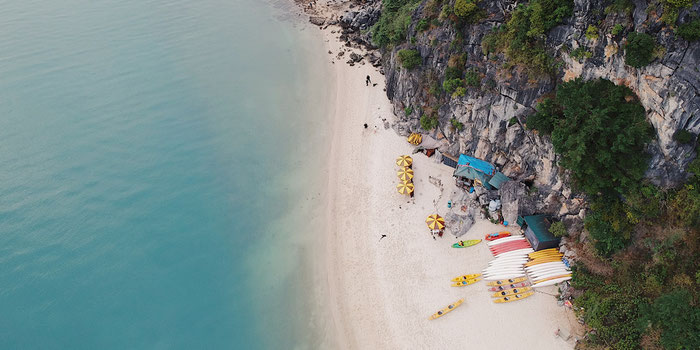Southeast Asia is known for many things: the Philippines’ white sand beaches, the Balinese vegan food, Malaysia’s abundant marine life, Thailand’s nightlife, temples, volcanoes, and ancient religions.
But comprising these rich and diverse Southeast Asian cultures in ways less-spoken about are its sports.
Here are some cool, unique sports to enjoy in Southeast Asia.
Sepak Takraw
Fox Sports says that the easiest way to comprehend Sepak Takraw is to think of it as volleyball with the feet.
Its name originates from the Malay word ‘Sepak,’ meaning ‘kick.’
‘Takraw’ is the Thai word to describe the small rattan ball.
Its court is similar to that of badminton’s, also with a net, and players kick or head the ball to rally across the court.
The opposing team has three tries or touches to return it.
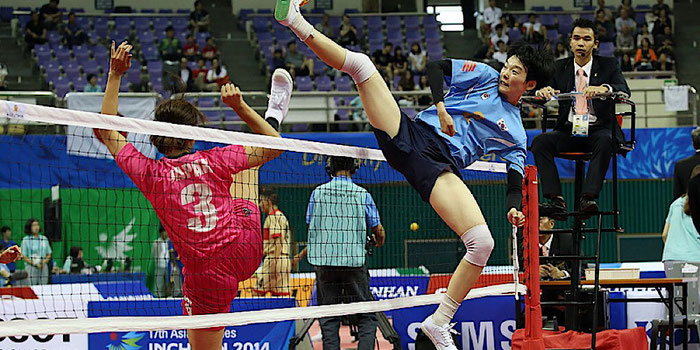
Incheon AsianGames Sepaktakraw 09 by Korea.net / Korean Culture and Information Service (Jeon Han) via CC by 2.0
Bokator
Bokator’s history is estimated to be over a thousand years old, as it was created by a Khmer king in the 12th century as a fighting method.
It artfully blends grappling, striking, and take-downs––three components of martial arts.
Ozy interviewed veteran Bokator player San Kim Sean, who said that people were once targeted and killed for practicing the martial art during the horrendous Khmer Rouge reign.
Its skills were orally passed down from generations, and its significance to Cambodian culture is so profound that carvings of Bokator players can be found on the Angkor Wat.
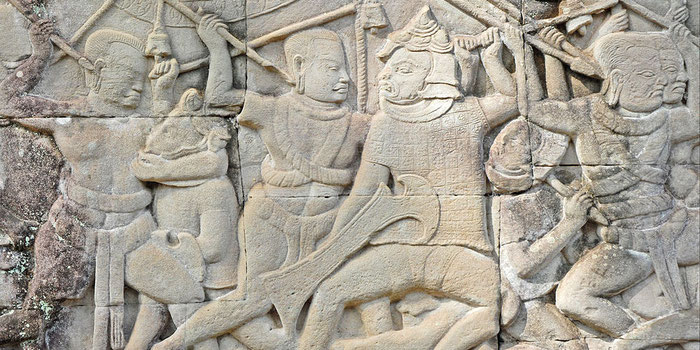
Floorball
It’s been said that Floorball sort of combines two already popular sports: soccer and hockey, as it’s played with sticks and plastic balls.
ExpatBets, an Asian gaming aggregator that covers travel and culture in the continent, explains the basic rules of the sport, as well as the necessary equipment and positions.
Each team has five people and a goalkeeper, and matches are played in three 20-minute rounds.
Although the origins of the sport trace back to Scandinavia, the sport has trickled on in Southeast Asia, particularly in Thailand.
It’s now even included in the Southeast Asian Games.
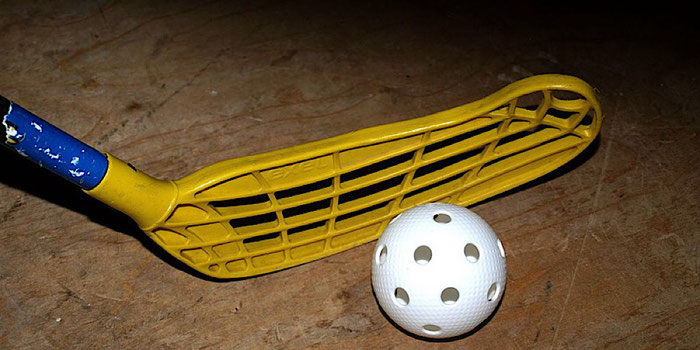
Arnis
The Philippine national sport of Arnis is a martial art from pre-colonial times.
Indigenous people used a variety of weapons in combat and self-defense, and these were preserved and used in the sport.
ABS-CBN explains that it involves hand-to-hand combat, with grappling and disarming moves for self-defense.
Nowadays, a short, baton-like cane is the tool used in competitions.
When played competitively, Arnis can either be more performance and choreography-based, called ‘Anyo,’ or based on speed and strikes inflicted on the opponent, called ‘Leban.’
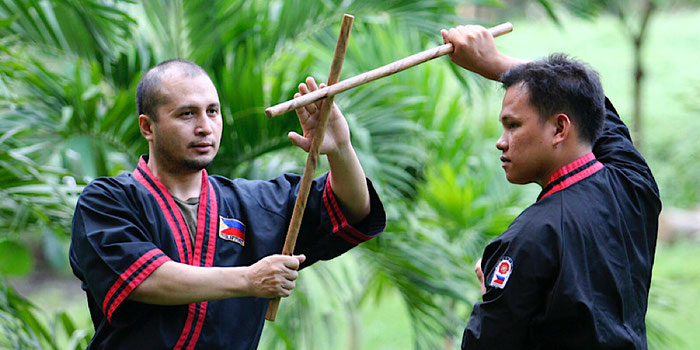
Hombo Batu
Hombo Batu, otherwise known as Stone Jumping, is the Indonesian sport that involves men literally jumping over stone walls up to two meters tall.
When inter-tribal conflicts ran rampant, this was a test to prove fitness and bravado.
Back in the day, The Travel reports that these walls were covered in spikes or sharp bamboo sticks as an additional obstacle.
Hombo Batu is still practiced today - albeit more as a ritual and attraction with men clad in traditional costumes - in the province of North Sumatra.
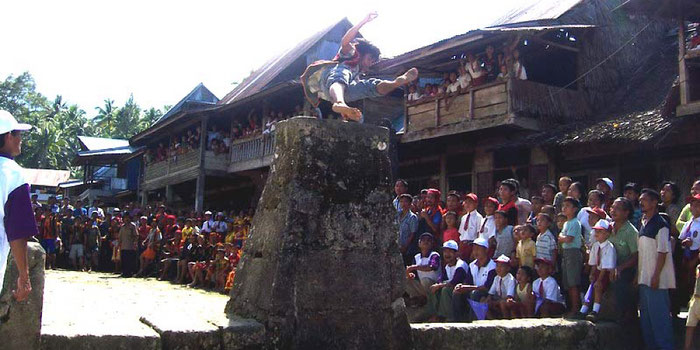
The next time you find yourself in any of these places, consider playing or watching some of these sports to get a firsthand experience of Southeast Asian culture!

